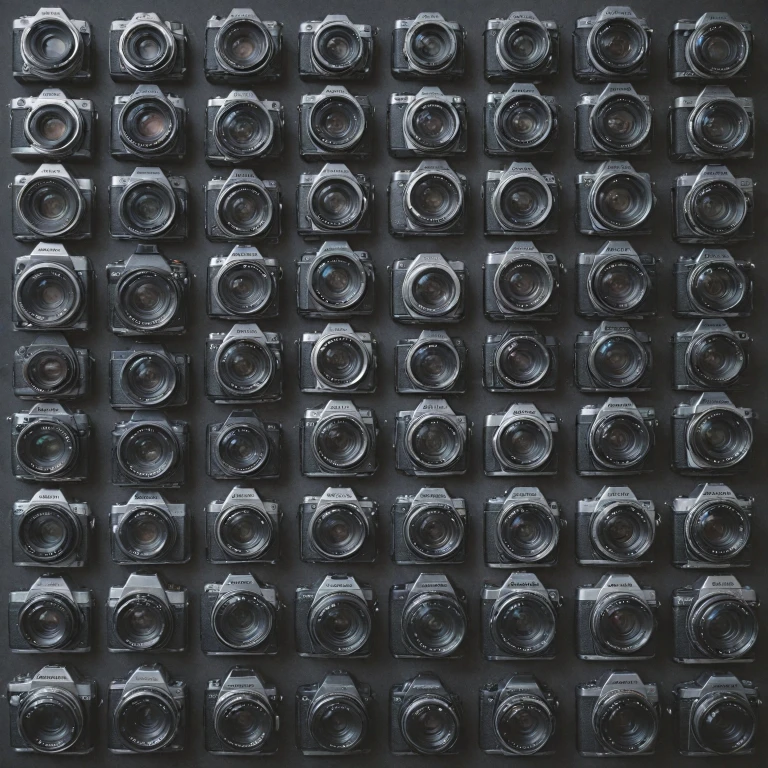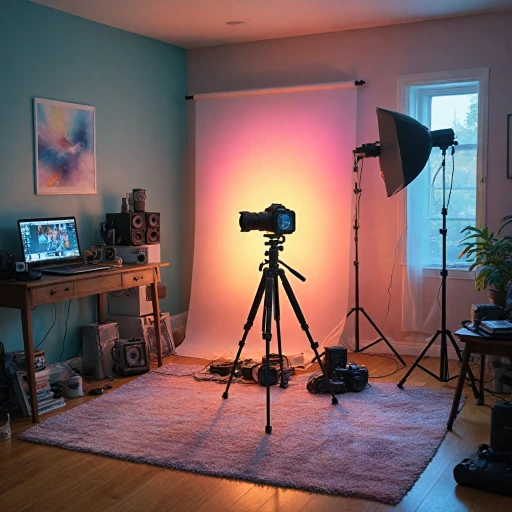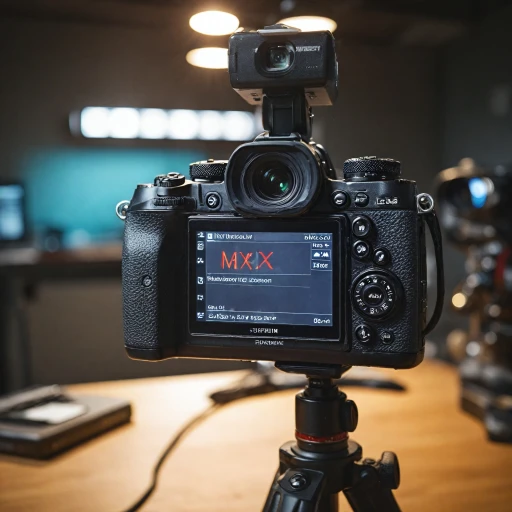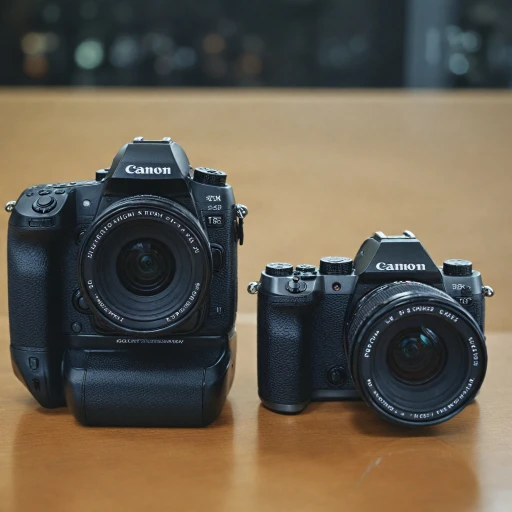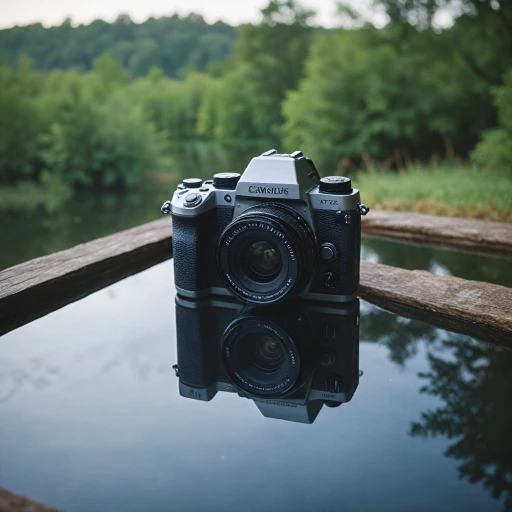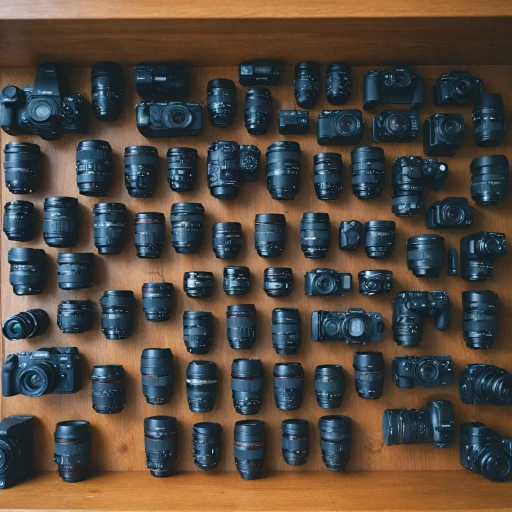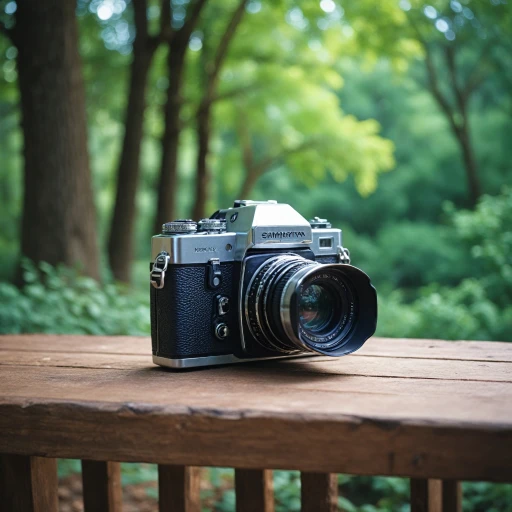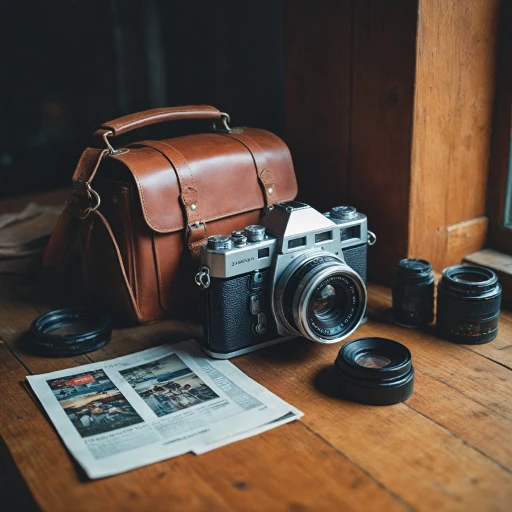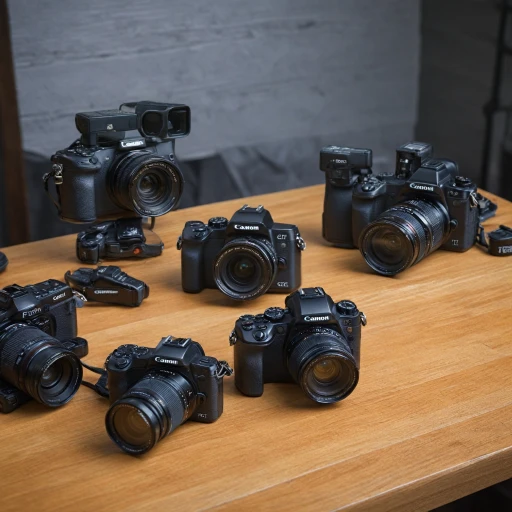
What is Camera Shutter Count?
Understanding the Basics of Camera Shutter Count
The shutter count, sometimes referred to as shutter actuations or actuation count, is essentially the number of times a camera's shutter mechanism has been used to capture an image. It is a critical metric for gauging a camera’s usage and overall life expectancy, and is akin to the mileage count on a car. Whether you are using a Canon EOS, Nikon, Sony III, or any other brand, the principle remains the same. Every time you capture a photo, your camera’s shutter opens and closes, and this is recorded as one actuation. Over time, the repeated opening and closing of the mechanical shutter contributes to its wear and tear. Fortunately, numerous cameras, especially those from leading brands like Canon, Nikon, and Sony, are designed with seasoned photographers in mind, boasting significant shutter life expectancies before requiring any replacement. For those interested in exploring the blend of modern technology with classic appeal, understanding components like the shutter count is crucial for maximizing your camera’s longevity and performance. You can dive deeper into how classic elements meld with contemporary advancements in photography through resources such as this modern take on classic photography. As you proceed further, grasping why the shutter count matters will offer valuable insights into maintaining and extending your camera’s life.Why Shutter Count Matters
Why Understanding Your Shutter’s Activity is Important
The significance of shutter count extends beyond a mere number; it serves as an essential indicator of a camera's mechanical health. Much like mileage on a car, the shutter count provides insight into the "age" of your camera's shutter mechanism, a critical component subjected to wear over time.
Digital cameras like Canon EOS, Nikon, and Sony are equipped with either mechanical or electronic shutters, each contributing in some measure to the shutter count. Though some cameras, like certain mirrorless models, might employ electronic shutters reducing mechanical strain, the count still plays a pivotal role.
- Lifespan Awareness: Knowing the shutter actuation count gives insight into the remaining life this crucial part may have. Sellers and buyers alike find this information invaluable, allowing for informed decisions regarding the camera's current and future use.
- Maintenance Decisions: High counts may alert you to consider maintenance or a shutter replacement, preventing costly repairs down the line.
The shutter life varies across models. Canon EOS Rebel and pro-level EOS Mark III can endure from tens of thousands to over a hundred thousand actuations, while the wear on models like the Nikon D series or Sony A7 III differs. Keeping an eye on shutter count not only helps maintain optimal performance but also assists in timing your gear updates strategically.
For a deeper understanding of how crucial shutter management can be, readers can explore the nuances of choosing a robust camera that aligns with your photographic aspirations in this insightful guide.
How to Check Your Camera's Shutter Count
Discovering Your Shutter Count
Knowing the shutter count of your camera can prevent unexpected surprises and help you estimate when maintenance might be required. Whether you're handling a Canon EOS, a Nikon, a Sony III, or any other brand like Pentax, checking the shutter actuation is a straightforward task.
Most cameras store the shutter count as EXIF data in the images they produce. This data includes not just the shutter actuations, but also other details like exposure settings, focal length, and model number. To check the camera's shutter count, simply take a photo and analyze the EXIF data using software or online tools. This works well with digital SLRs as well as mirrorless cameras that feature a mechanical shutter or an electronic shutter.
- Canon Cameras: For models such as Canon EOS Rebel or EOS Mark III, there are specific software programs available that can extract the shutter actuation count directly. This is often necessary as Canon does not offer the shutter count information in the basic EXIF data.
- Nikon Cameras: Most Nikon models, including the lower-tier to professional series, include the actuation count in the EXIF data of the photographs. Software tools can easily read this for you.
- Sony Cameras: Similar to Nikon, Sony cameras usually have the necessary information embedded within the image data.
For anyone serious about photography, especially if you’re considering buying or selling used cameras, understanding how to verify the shutter life, how to access the shutter count, and the factors that might affect it is invaluable. Recognizing when a replacement might be needed is just as important for ensuring the longevity of your beloved camera.
If you're interested in a broader scope of photography equipment, check out this unique perspective on digital photography.
Factors Affecting Shutter Count
Understanding the Elements Influencing Shutter Actuation Numbers
The enthusiast's journey with a digital camera is often accompanied by curiosity about shutter count. This number, crucial for understanding the life expectancy of cameras like the Canon EOS Rebel series, Nikon, or Sony, hinges on various factors that can impact its longevity. One essential element affecting shutter life is the type of shutter mechanism used. Traditional DSLR cameras often employ a mechanical shutter, known for durability but also wear over time. On the other hand, mirrorless cameras frequently incorporate electronic shutters, potentially extending shutter life as they boast less mechanical movement. Camera usage patterns also play a significant role. Photographers who engage in high-speed burst shooting or capture numerous long exposure images can expect their count to increase rapidly. Similarly, professional photographers, capturing events or action sports, utilizing a camera like the Canon EOS Mark III or a Nikon flagship, might see a higher number sooner than hobbyists. Brand and model variations contribute as well. Models such as the Pentax or the Sony III each have different shutter life ratings. For instance, Canon EOS cameras, including the EOS Kiss and the Mark Canon lineup, differ in their expected actuations, depending on the design and build materials. Lastly, environmental conditions such as humidity, dust, and temperature fluctuations can affect not only the camera's electronic components but also increase the rate at which the shutter wears. Regular maintenance and proper storage practices can mitigate these effects and are crucial in sustaining the optimum life of your camera's shutter mechanism. Understanding these variables will help photographers make informed decisions regarding usage patterns and maintenance, thereby enhancing the longevity and reliability of their beloved photographic tools.Extending the Life of Your Camera's Shutter
Tips for Prolonging Shutter Lifespan
Using your camera with care can significantly extend its life, particularly when it comes to the shutter mechanism. Mechanical shutters in models like the Canon EOS Mark III or the Nikon series, as well as electronic options in mirrorless cameras like the Sony III, all have a finite number of actuations before they'll require service or replacement. Here are some tips to help prolong the life of your camera's shutter:- Avoid Unnecessary Shots: Be mindful of each click. Capturing numerous trial photos or unnecessary images can quickly increase your shutter count.
- Regular Maintenance: Regular checks and servicing can identify any wear and tear before they develop into more significant issues. This is true for a range of cameras, from entry-level EOS Rebel models to advanced options like the EOS Mark III.
- Utilize Burst Mode Sparingly: While continuous shooting modes are excellent for capturing action shots, each shot adds to the shutter count. Limit it to instances where it's truly needed.
- Opt for Live View: Utilizing live view rather than looking through the viewfinder can reduce wear on the shutter in DSLR models, as fewer mirror movements occur.
- Consider Switching to Electronic Shutter: In some models, switching to an electronic shutter where possible can reduce mechanical shutter wear.
- Store Properly: Proper storage helps protect the camera from dust and environmental factors that can contribute to mechanical issues.
When to Consider Shutter Replacement
Shutter Replacement Consideration
Over time, even the sturdiest cameras, whether it's a Canon EOS, Nikon, Sony, or Pentax, will see their shutter counts escalate. Each camera model, from the Canon Rebel to the Sony III, comes with a specified shutter life, which essentially indicates the expected count of shutter actuations the camera can handle before significant wear and tear might occur. This is crucial for ensuring the longevity of your camera, especially if you're frequently snapping photos.
Most modern DSLR and mirrorless cameras feature a mechanical shutter, but some models, particularly the latest mirrorless cameras, might also offer an electronic shutter. The electronic shutter doesn't have the same mechanical wear and tear, which could extend the shutter's useability. However, upon reaching or surpassing the expected shutter count, it's wise to proactively evaluate whether your camera's performance has declined.
- If your images increasingly show signs of inconsistency or if the shutter seems to falter more often, it's time to check the current shutter count. Utilize EXIF data or dedicated software to get an accurate actuation count.
- Frequent photographers with professional needs, especially those using models like the Canon EOS Mark III or EOS Rebel, might need shutter replacement more regularly to maintain reliable performance.
- Budgeting for potential repairs or replacements should accompany the regular maintenance of your photography equipment. For comprehensive insights into the most expensive cameras and associated costs in maintenance, explore available resources on market trends and repair costs.
Taking these proactive measures can help maximize the life and functionality of your camera, making shutter count awareness a key factor in your digital photography journey.
